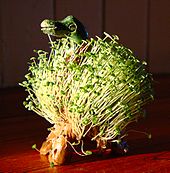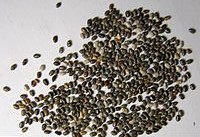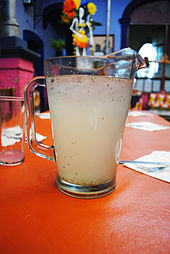The health and nutrition industry has been all agog for some years now about chia seeds, one of the so-called superfoods. But can they really reverse type 2 diabetes? Are they as healthy as they are hyped up to be? Do they have any negative side-effects? How should you eat them?
Chia is a flowering plant that originated in central and southern Mexico and Guatemala. It was grown by the Aztec in pre-Colombian times when, as a food crop, it was as important as maize. Chia seeds were considered highly nutritious and were renowned for their medicinal properties.
 The seed of the chia is dense with nutrients and is full of energy-boosting power. Aztec warriors and couriers would eat them as high energy fuel during battles or while running. Today chia seeds are grown for food in western South America, western Mexico, and the south-western USA.
The seed of the chia is dense with nutrients and is full of energy-boosting power. Aztec warriors and couriers would eat them as high energy fuel during battles or while running. Today chia seeds are grown for food in western South America, western Mexico, and the south-western USA.
How nutritious are chia seeds?
Chia seeds are rich in protein, dietary fibre, omega-3 fats, vitamins and minerals.
According to the US Department of Agriculture, 100g (3.5oz) of dried chia seeds contains:
- Energy …………………….486 kcal (2,030 kJ)
- Protein …………………..16.5g
- Carbohydrates …………42.1g
- Dietary fibre ………….34.4g
- Fat …………………………30.7g



Brilliant, thank you for this article. I was somehow intuitively drawn to chia seeds (soaked overnight) when I had feelings that maybe I have pre-diabetes or even hypoglycaemia. I have been having them every morning/day with some tahini mixed in and have found a substantial reduction in visceral fat – which was a concern for me since I am a slim guy and gradually started finding my stomach was expanding, but rather underneath my abdominals. Since eating chia like this and minding my carb intake each day I have found a big improvement and also I have almost completely cut out all processed/added sugars in my diet, naturally – also a big contributor.